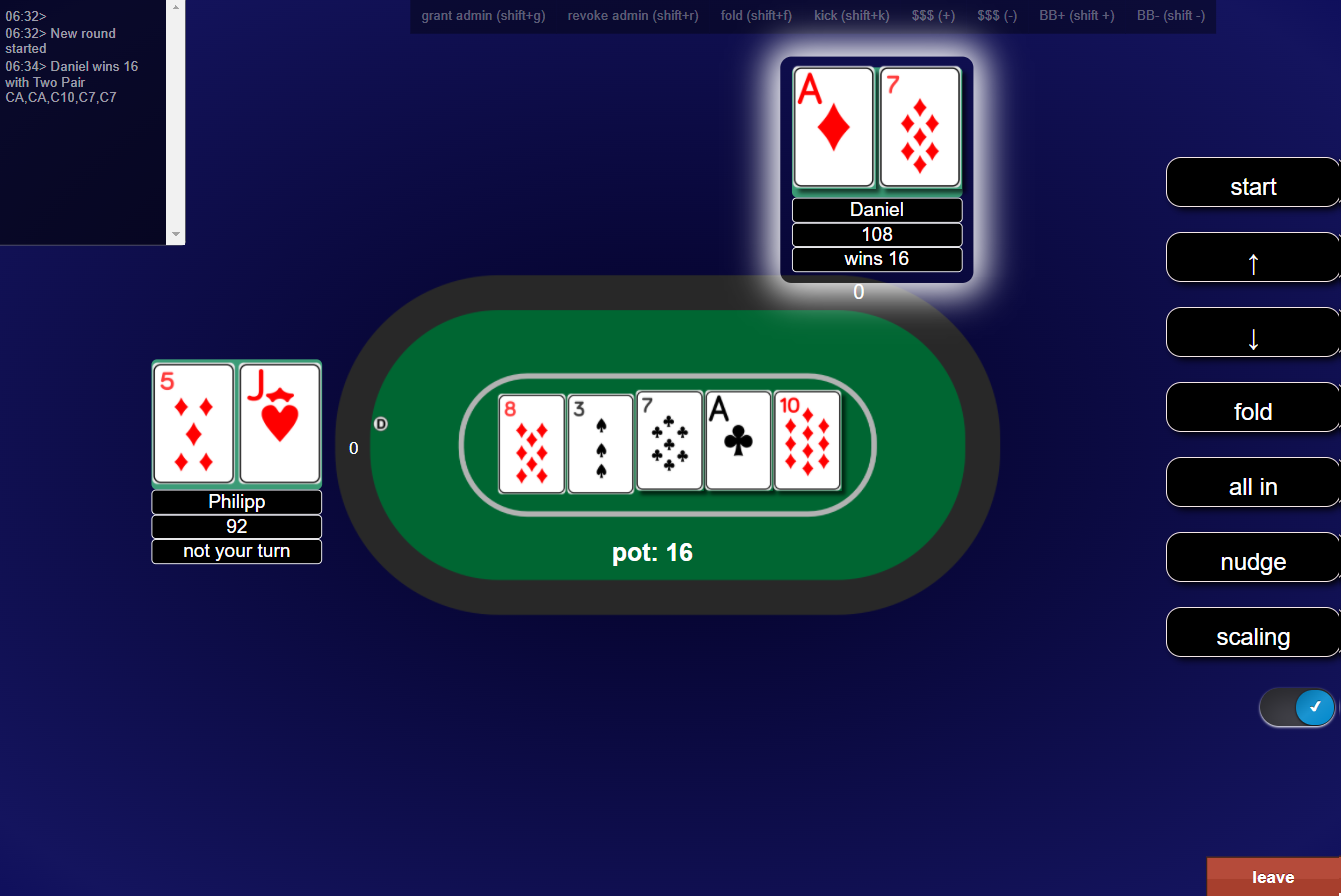Linköping University (Postdoc)
Postdoctoral researcher
Ongoing
My postdoc revolves around HRI (human-robot interaction), DVI (driver-vehicle interaction) and HCI (human-computer interaction). In the COIN lab at Liu I'm investigating the concept of mind perception and delving deeper into the intricacies of virtual avatars.
Ulm University (PhD)
PhD (Dr. rer. nat.) in persuasive driver vehicle interaction • Computer science and psychology March 2021
In my PhD thesis, my research was about persuasion (i.e., how to change
behavior or attitudes) to increase automation usage. In several (mainly)
driving simulator studies, I conducted several experiments where I
designed and evaluated persuasive user interfaces, such as:
- A Virtual co-driver
- An empathic avatar
- A self-enabling automation
- A remote controlled wheelchair-simulator
More about the experiments and projects below.
The thesis was written in close cooperation between computer science and
psychology, which allowed me to gian a lot of experience in human factors
research.
Ulm University (M.Sc.)
M.Sc. Degree in computer science • March 2015
The focus of lectures during my master's degree was HCI and IT security.
My master thesis was about creating and evaluating an unobtrusive touch
interface for head-mounted displays (Google Glass). I created a touch
sensitive belt that can be used to control the Glass. Furthermore, I
developed and evaluated the concept of a spatial mapping of information.
For example that opening the wallet app of the Glass is near the actual
pocket where the wallet is located. A paper based on the thesis was
published at CHI.
Besides the Belt, I was involved in two bigger software projects.
(1) A smart backpack that identifies items placed inside using RFID. (2)
Building a driving simulator.
In IT security I attended a lecture with an accompanying practical
exercise where students should create and explain a vulnerability by
attacking a virtual machine. My topic was XSS and CSRF.
Ulm University (B.Sc.)
B.Sc. Degree in computer science • April 2012
My bachelor thesis was about creating a framework to enable TCP, UDP, and Unix
sockets in the browser. A local proxy architecture was used that established
a websocket connection to the proxy, which then used tcp/udp/unix sockets to
communicate further. A security layer was also implemented where connections
needed explicit approval.
